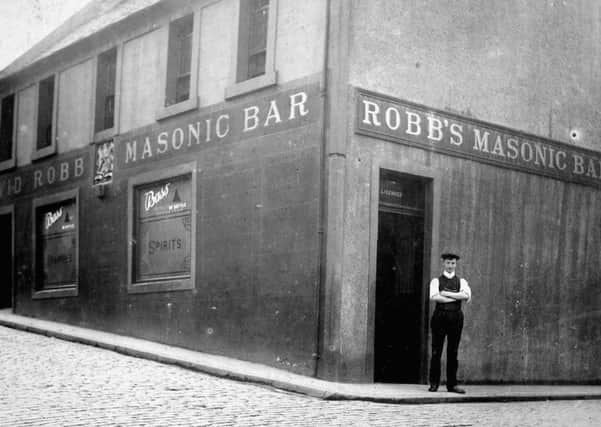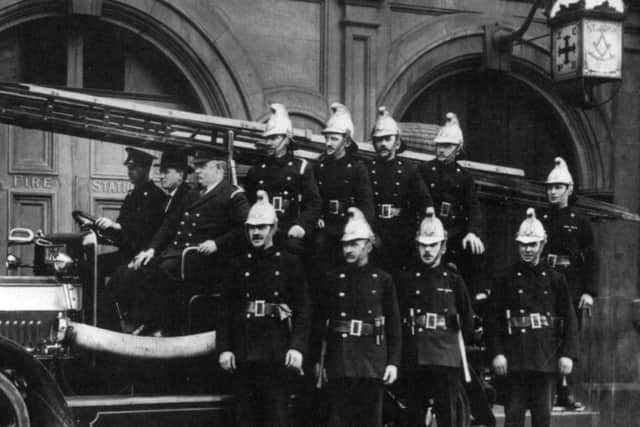Freemasonry is lodged in Falkirk’s history


He complained that this important aspect of our history had been ignored by folk like me.
The truth is that I had written something but it was six years ago and he had either not read it or not remembered.
Advertisement
Hide AdAdvertisement
Hide AdSo, on the assumption that he is not alone, I am happy to take another look.


Although I am not a ‘‘brother of the mystic tie’’ as Robert Burns described his fellow masons, the annual celebrations on his birthday have brought me at different times to every masonic lodge in Falkirk district.
If my arithmetic is correct there are nine of them, each full of interesting architectural features and symbols of the craft and each with a different name and number which tells us when they were registered with the Grand Lodge of Scotland.
Today the craft has a less formal public role but the charitable work and social activities continue to play a significant part in the life of our communities.
Advertisement
Hide AdAdvertisement
Hide AdThe Masonic Order likes to trace its origins to Biblical times and Solomon’s temple but the modern form dates only to the 17th century.
The first Falkirk Lodge was formed some time before 1736 when it was given the number 14.
One of the first masters was the Earl of Kilmarnock who lived in Callendar House but lost his head following the Battle of Culloden in 1746. The Lodge survived and continued to grow in numbers.
In those early days the records show that the members met quarterly and that the evenings were most convivial. Fine wine was in plentiful supply and among the office-bearers was local baker Robert Balderston, designated “pie-maker to the lodge”!
Advertisement
Hide AdAdvertisement
Hide AdThe members met in various places like the Red Lion Inn in the High Street until 1762 when they built their first lodge on the corner of Silver Row and Manor Street which until the 1960s was the Masonic Arms. This served until the early 1830s by which time the membership had dwindled and the Lodge had financial difficulties.
Around 1838 it seems to have gone into abeyance and it was not until a new upsurge in interest that a group of local businessmen revived the Lodge in 1864.
Adopting the name of St John, the patron saint of freemasonry, they were given a new number, 16, since 14 had been reallocated elsewhere. From then on the Lodge flourished and in 1879 moved into fine premises in Newmarket Street, next door to the new Town Hall.
Both buildings were opened with “full Masonic honours” which was the normal procedure when new buildings were dedicated.
Advertisement
Hide AdAdvertisement
Hide AdThe lodge prospered in the years that followed but with the demolition of the old Town Hall in 1968 the brothers were on the move again, this time to their present home in the old Co-operative building in Grahamston.
Back in Edwardian Falkirk as industry and commerce expanded there was a steady rise in requests for admission to St John’s and the decision was taken to create a completely new lodge. The result was Lodge Callendar, given the number 588, which was designed as a Masonic Temple, the only one of its kind in Stirlingshire.
It opened in 1906 and both the outside and inside decoration is magnificent.
Sometimes it is open to the public on Open Doors day and if you haven’t already done so make sure you don’t miss the next chance. It is worth it for the beautiful painted windows alone.